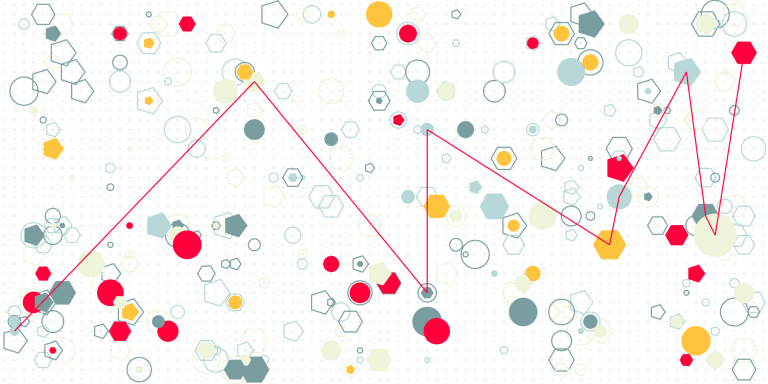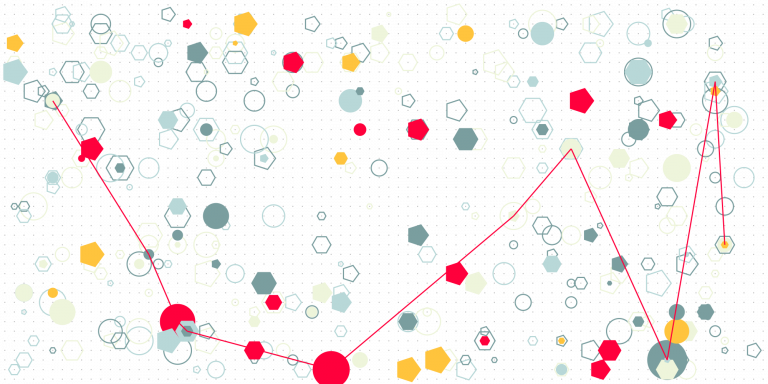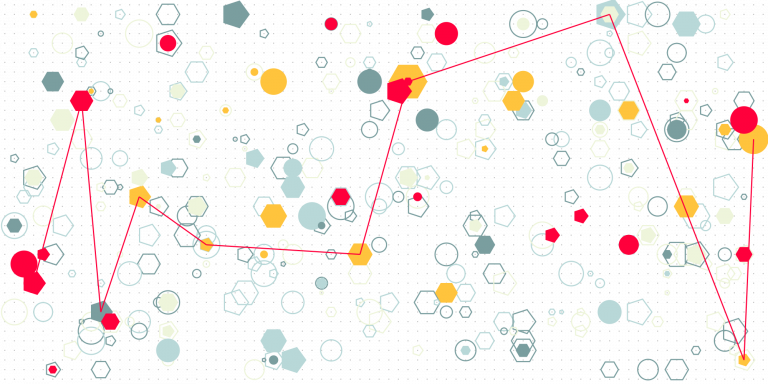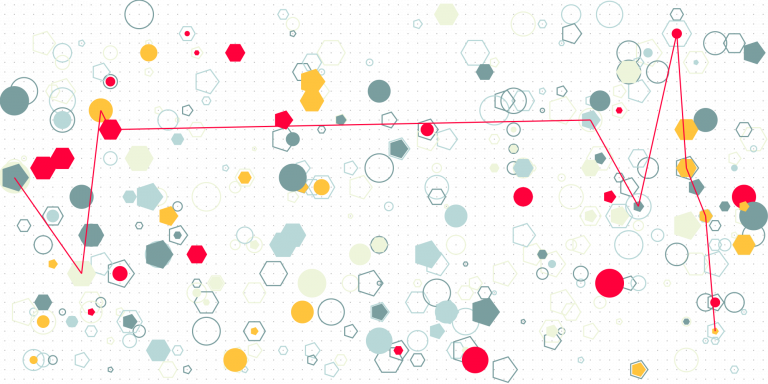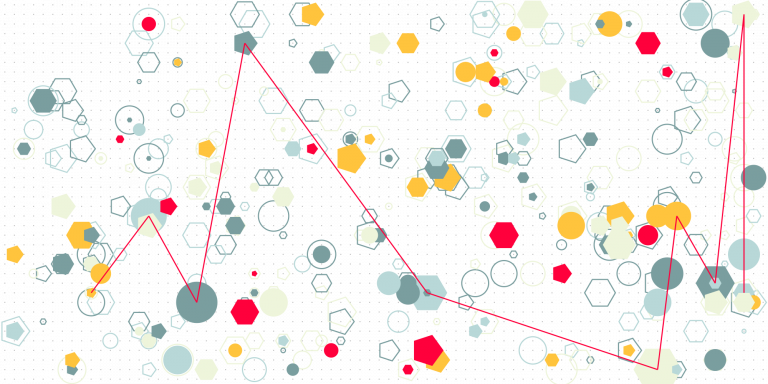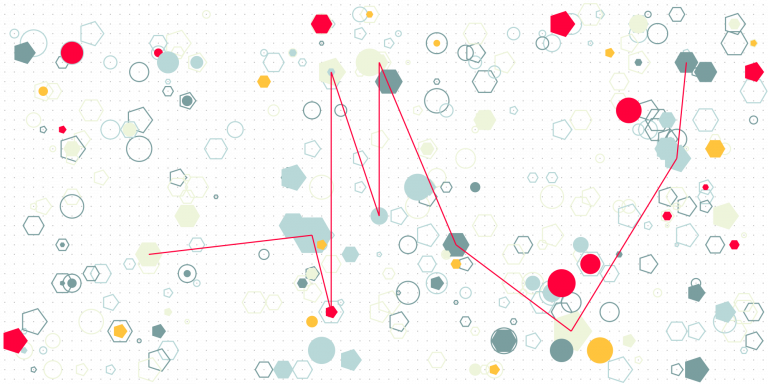Ambiguity of “Artificial Intelligence”

Artificial Intelligence, if incorrectly defined, is even more confusing than it can be. Sometimes, it is considered a technology, which itself is problematic: is it a technology on par with database management systems, for example, which are neutral with respect to the data they are implemented to manage in their specific instances? Or, is it a technology in the same sense as, for example, the Weather Research and Forecasting Model [1] which is not neutral with respect to an application domain, and not neutral with respect to how weather forecasting should be done?
When the term “Artificial Intelligence” seems, from context, to refer to a technology, it is important to see if it refers to AI theory or applied AI theory, whereby
- If AI refers to applied theory, then this means that the term AI is referring to a combination of algorithms and data used to train these algorithms – for example, Copilot, ChatGPT, Financial Times’ “Ask FT” are all examples of applied AI, because they are a combination of algorithms and data used for training.
- If context does not suggest AI is applied, then that can only mean that the term is used to refer to algorithms which in that context are not, but can be applied to training data, to develop AI models, which in turn take inputs to produce outputs somehow relevant to users and other systems. Examples are artificial neural networks, support vector machines, and so on, or more generally, statistical methods that can be used to make applied AI.
One reason this distinction is important, is that AI theory should be neutral with respect to values, while applied AI will not be neutral with respect to values.
And AI neutral with respect to values likely does not need to be regulated. Consider the European Union’s Artificial Intelligence Act [2], which includes the following:
“[…] the Commission puts forward the proposed regulatory framework on Artificial Intelligence with the following specific objectives: ensure that AI systems placed on the Union market and used are safe and respect existing law on fundamental rights and Union values; ensure legal certainty to facilitate investment and innovation in AI; enhance governance and effective enforcement of existing law on fundamental rights and safety requirements applicable to AI systems; facilitate the development of a single market for lawful, safe and trustworthy AI applications and prevent market fragmentation.”
Is this meant to regulate what I called AI theory, or applied AI. It is unlikely that it is meant for the former, as it begs the question of why, to go to the extreme perhaps, other statistical methods, or even arithmetic and formal logics are not subject to regulations. They are not, of course, as it is widely believed that they are value neutral. (There are interesting discussions of ethics of mathematics, for example, but even those, such as [3], are about ethics of mathematics in use.)
So we cannot reasonably argue that regulating AI is like regulating general purpose technology, such as data management systems, or value neutral technology. It is about regulating applied AI, where what is regulated is not algorithms without data, but models made by applying algorithms to data – consequently, even if AI theory may be value neutral, what is being regulated indirectly by regulating applied AI, is the data used to train it, and the uses to which applied AI is put.
The EU Artificial Intelligence Act defines AI as follows:
“‘artificial intelligence system’ (AI system) means software that is developed with one or more of the techniques and approaches listed in Annex I and can, for a given set of human-defined objectives, generate outputs such as content, predictions, recommendations, or decisions influencing the environments they interact with;”
Annex I is as follows:
“ARTIFICIAL INTELLIGENCE TECHNIQUES AND APPROACHES
referred to in Article 3, point 1
(a)Machine learning approaches, including supervised, unsupervised and reinforcement learning, using a wide variety of methods including deep learning;
(b)Logic- and knowledge-based approaches, including knowledge representation, inductive (logic) programming, knowledge bases, inference and deductive engines, (symbolic) reasoning and expert systems;
(c)Statistical approaches, Bayesian estimation, search and optimization methods.”
So in the EU AI Act, what I called AI theory is called AI techniques and approaches, while applied AI is called AI systems.
References
- Powers, Jordan G., et al. “The weather research and forecasting model: Overview, system efforts, and future directions.” Bulletin of the American Meteorological Society 98.8 (2017): 1717-1737.
- European Union, Artificial Intelligence Act, https://eur-lex.europa.eu/legal-content/EN/TXT/?uri=CELEX:52021PC0206
- Ernest, Paul. “The ethics of mathematics: Is mathematics harmful?.” The philosophy of mathematics education today (2018): 187-216.
